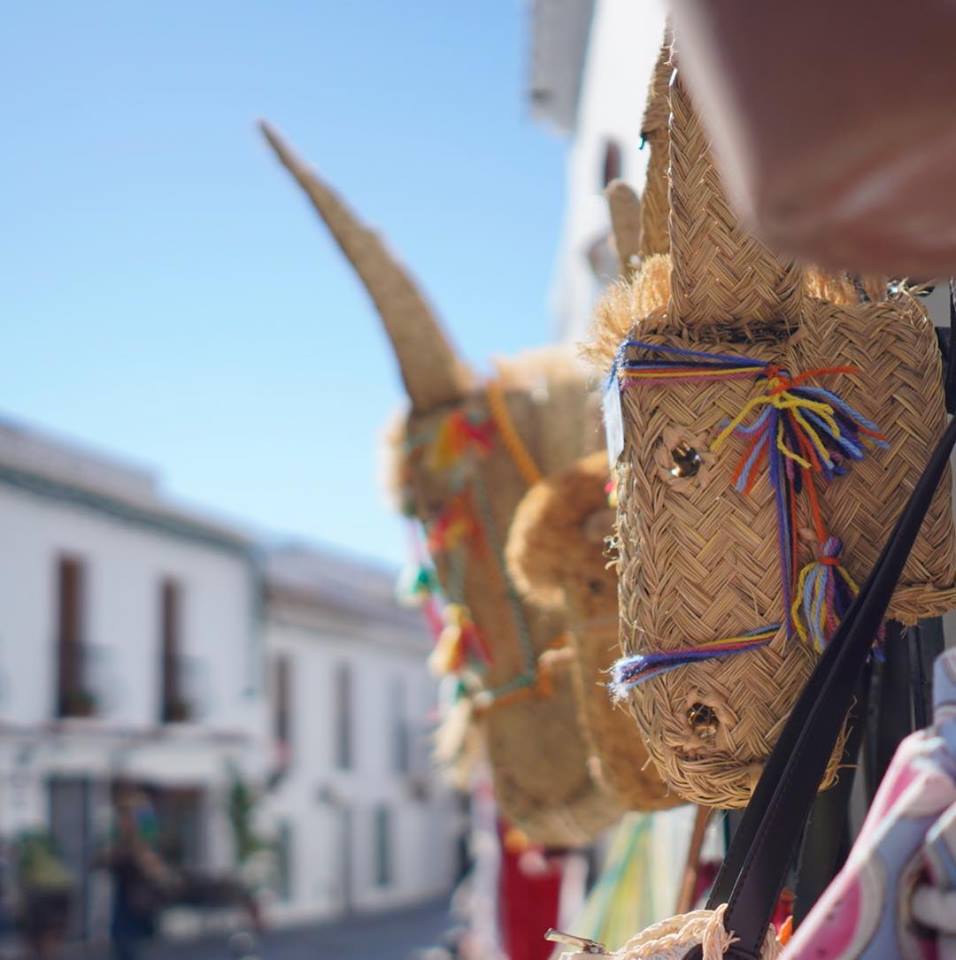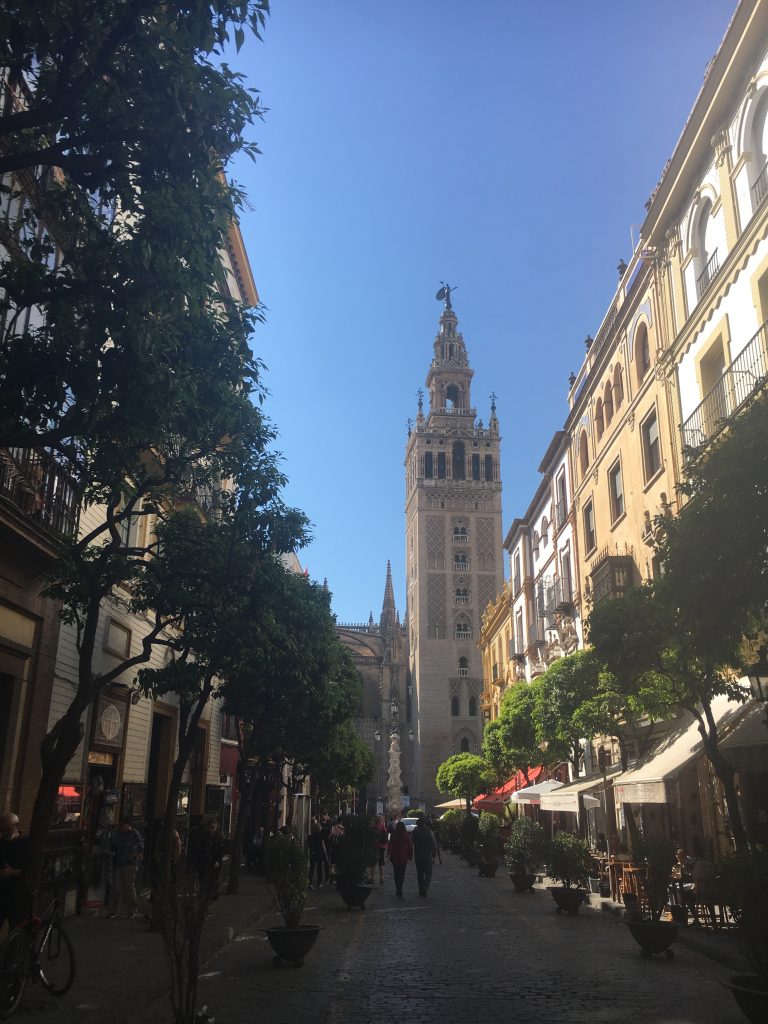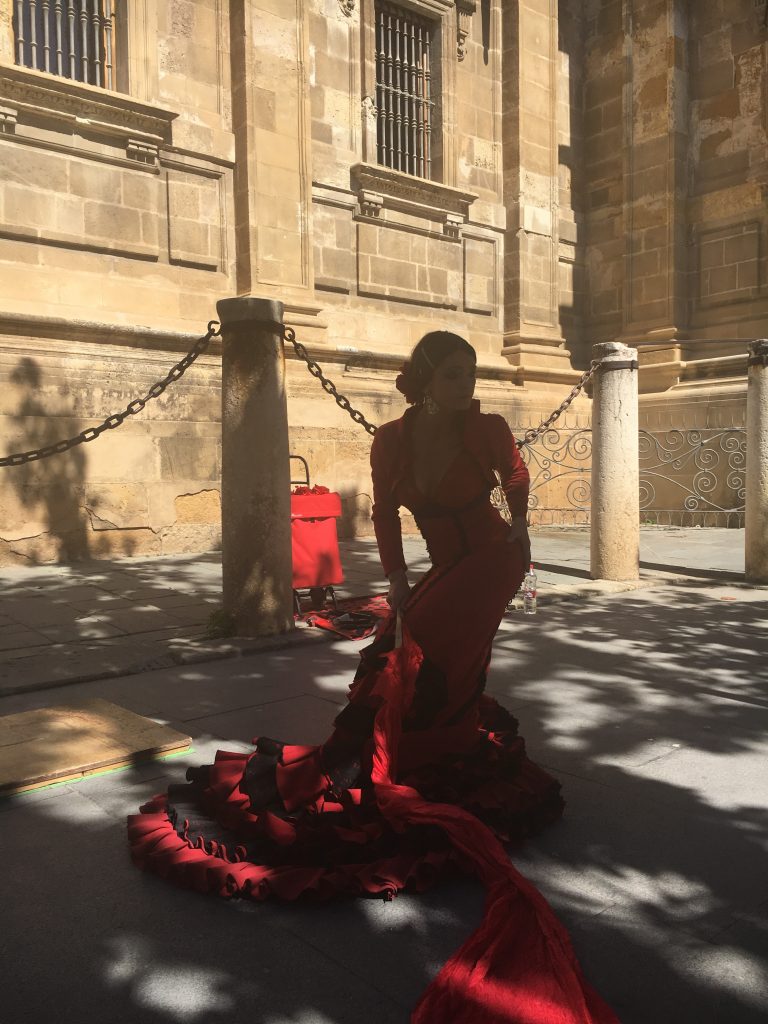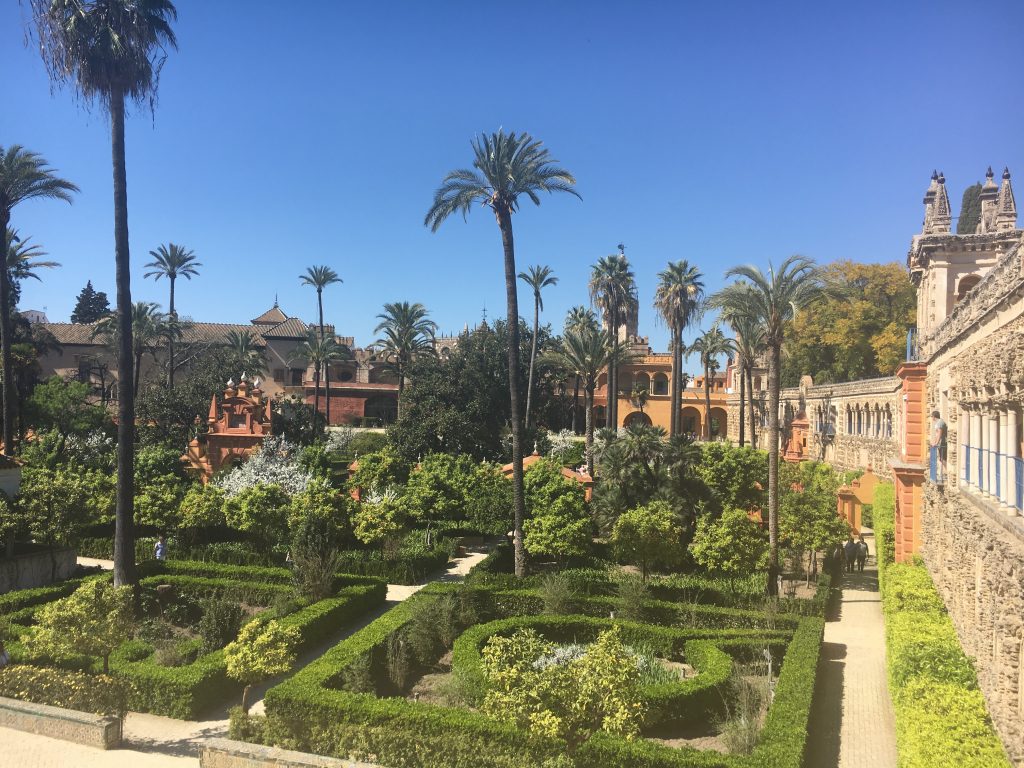Ronda
Despite being a growing town Ronda retains much of its historic charm, particularly its old town.
It is famous worldwide for its dramatic escarpments and views, and for the deep El Tajo gorge that carries the rio Guadalevín through its centre. Visitors make a beeline for the 18th century Puente Nuevo ‘new’ bridge, which straddles the 100 m chasm below, before taking in the views from the Alameda out over the Serranía de Ronda mountains.

Mijas Pueblo
Mijas Pueblo is one of the most visited of Andalucia’s white villages, a stroll around the narrow cobbled streets quickly reveals why. It’s winding streets, charming nooks and crannies, flower-decked houses and numerous tiny squares all contribute to Mijas’ popularity. The warmth of Mijas Pueblo invites you to explore the flower-filled patios, to discover the sights hidden around every corner, or to gaze at the stunning views of the Costa del Sol. It’s hardly surprising that Mijas attracts tourists from all over the world, who enjoy the hospitality and kindness of the people. Driving towards the village, you climb a steep and windy road that cuts its way up to the village. Very quickly, you start getting glimpses of this typically Moorish and exceptionally beautiful white-washed village. The colourful plant pots brimming with bougainvillea, lavender and jasmine all add an extra dash of colour to this enchanting scene. Mijas was declared an Historic-Artistic village in 1969 and has been authentically preserved ever since.
Seville
Some cities blast you away, others slowly win you over. Seville disarms and seduces you. Its historic center, lorded over by a colossal Gothic cathedral, is an intoxicating mix of resplendent Mudéjar palaces, baroque churches and winding medieval lanes. Flamenco clubs keep the intimacy and intensity of this centuries-old tradition alive whilst aristocratic mansions recall the city’s past as a showcase Moorish capital and, later, a 16th-century metropolis rich on the back of New World trade.
Marbella Old Town
The most enchanting place in Marbella is undeniably its whitewashed, partially enclosed Casco Antiguo (Old Town) – a postcard-perfect maze of narrow streets that twist and turn, offering something lovely to see at every corner.
Marbella Old Town comprises two historical quarters – Barrio Alto and Barrio Nuevo, and most of it still preserves its original layout that dates back to the 16th century, when the city was still under Arab rule. Nowadays, the tiny, winding paths of the Casco Antiguo meander their way past glistening white Andalusian buildings adorned with small flower-filled balconies, chic boutiques, and trendy cafes.
In the heart of it all stands the enchanting Plaza de los Naranjos (Orange Square), with its lively terrazas, fragrant orange trees, and remarkable Castilian Renaissance architecture. Built in 1485, right after the Christian Reconquista, this picturesque square is the heart and soul of Marbella Old Town, playing host to the City Hall, Marbella Tourist Office, and the oldest church in town (Ermita de Santiago). At night, the beautiful plaza comes alive with bustling open-air restaurants and all sorts of colorful performers that entertain the crowds with their passionate flamenco music and dance.
Other notable attractions in Marbella Old Town include the Church of Santa María de la Encarnación, the 16th-century Capilla de San Juan de Dios, otherwise known as the Hospitalillo, and the Museum of Contemporary Spanish Engravings (Museo del Grabado Espanol Contemporaneo), housed in the former Hospital Bazán – an Andalusian Historical Monument.
One of the city’s main shopping and dining areas, Marbella Old Town is also an excellent place to party, boasting a nice array of bars and clubs with different atmospheres and music for all tastes.










